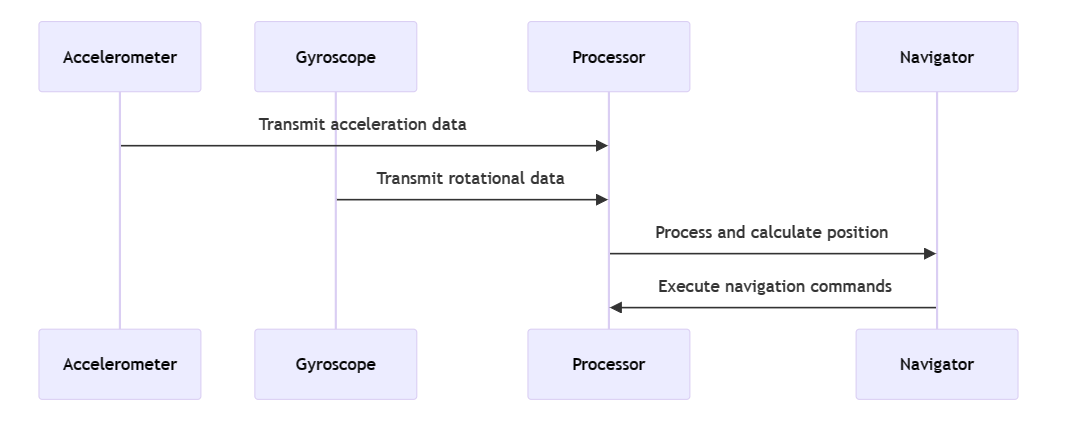Subscribe to Our Social Media For Prompt Post
In the epoch of groundbreaking technological strides, navigation systems emerged as foundational pillars, driving numerous advancements, especially in precision-critical sectors. The journey from rudimentary celestial navigation to sophisticated Inertial Navigation Systems (INS) epitomizes humanity's unyielding endeavors for exploration and pinpoint accuracy. This analysis delves deep into INS's intricate mechanics, exploring the cutting-edge technology of Fiber Optic Gyroscopes (FOGs) and the pivotal role of Polarization in Maintaining Fiber Loops.
Part 1: Deciphering Inertial Navigation Systems (INS):
Inertial Navigation Systems (INS) stand out as autonomous navigational aids, precisely computing a vehicle's position, orientation, and velocity, independent of external cues. These systems harmonize motion and rotational sensors, seamlessly integrating with computational models for initial velocity, position, and orientation.
An archetypal INS encompasses three cardinal components:
· Accelerometers: These crucial elements register the vehicle's linear acceleration, translating motion into measurable data.
· Gyroscopes: Integral for determining angular velocity, these components are pivotal for system orientation.
· Computer Module: The nerve center of the INS, processing multifaceted data to yield real-time positional analytics.
INS's immunity to external disruptions makes it indispensable in defense sectors. However, it grapples with 'drift' - a gradual accuracy decay, necessitating sophisticated solutions like sensor fusion for error mitigation (Chatfield, 1997).
Part 2. Operational Dynamics of the Fiber Optic Gyroscope:
Fiber Optic Gyroscopes (FOGs) herald a transformative era in rotational sensing, leveraging light's interference. With precision at its core, FOGs are vital for aerospace vehicles' stabilization and navigation.
FOGs operate on the Sagnac effect, where light, traversing in counter directions within a rotating fiber coil, manifests a phase shift correlating with rotational rate changes. This nuanced mechanism translates into precise angular velocity metrics.
Essential components comprise:
· Light Source: The inception point, typically a laser, initiating the coherent light journey.
· Fiber Coil: A coiled optical conduit, prolongs light's trajectory, thereby amplifying the Sagnac effect.
· Photodetector: This component discerns the intricate interference patterns of light.
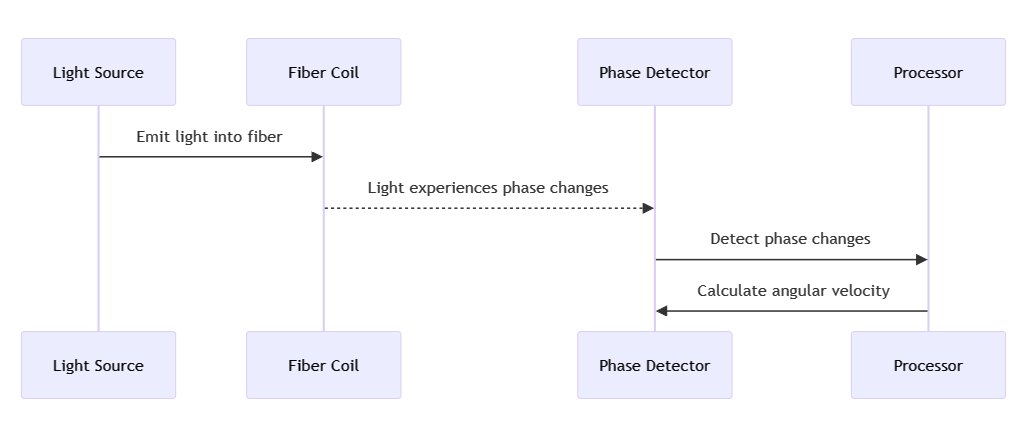
Part 3: Significance of Polarization Maintaining Fiber Loops:
Polarization Maintaining (PM) Fiber Loops, quintessential for FOGs, assure a uniform polarization state of light, a key determinant in interference pattern precision. These specialized fibers, combating polarization mode dispersion, bolster FOG sensitivity and data authenticity (Kersey, 1996).
The selection of PM fibers, dictated by operational exigencies, physical attributes, and systemic harmony, influences the overarching performance metrics.
Part 4: Applications and Empirical Evidence:
FOGs and INS find resonance across diverse applications, from orchestrating unmanned aerial forays to ensuring cinematic stability amidst environmental unpredictability. A testament to their reliability is their deployment in NASA's Mars Rovers, facilitating fail-safe extraterrestrial navigation (Maimone, Cheng, and Matthies, 2007).
Market trajectories predict a burgeoning niche for these technologies, with research vectors aimed at fortifying system resilience, precision matrices, and adaptability spectra (MarketsandMarkets, 2020).
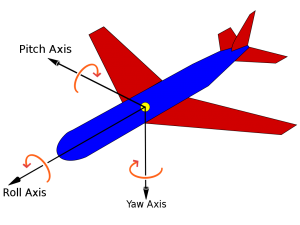
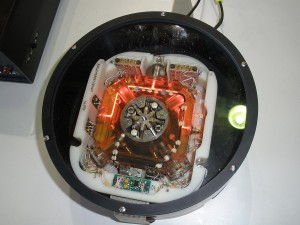
Ring laser gyroscope
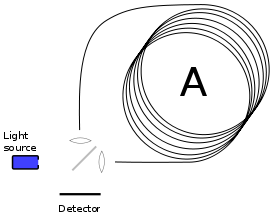
Schematic of a fibre-optic-gyroscope based on the sagnac effect
References:
- Chatfield, A.B., 1997. Fundamentals of High Accuracy Inertial Navigation. Progress in Astronautics and Aeronautics, Vol. 174. Reston, VA: American Institute of Aeronautics and Astronautics.
- Kersey, A.D., et al., 1996. "Fiber Optic Gyros: 20 Years of Technology Advancement," in Proceedings of the IEEE, 84(12), pp. 1830-1834.
- Maimone, M.W., Cheng, Y., and Matthies, L., 2007. "Visual Odometry on the Mars Exploration Rovers - A Tool to Ensure Accurate Driving and Science Imaging," IEEE Robotics & Automation Magazine, 14(2), pp. 54-62.
- MarketsandMarkets, 2020. "Inertial Navigation System Market by Grade, Technology, Application, Component, and Region - Global Forecast to 2025."
Disclaimer:
- We hereby declare that certain images displayed on our website are collected from the internet and Wikipedia for the purposes of furthering education and sharing information. We respect the intellectual property rights of all original creators. These images are used with no intention of commercial gain.
- If you believe that any content used infringes upon your copyrights, please contact us. We are more than willing to take appropriate measures, including removing the images or providing proper attribution, to ensure compliance with intellectual property laws and regulations. Our aim is to maintain a platform that is rich in content, fair, and respectful of others' intellectual property rights.
- Please reach out to us via the following contact method, email: sales@lumispot.cn. We commit to taking immediate action upon receipt of any notification and ensure 100% cooperation in resolving any such issues.
Post time: Oct-18-2023

